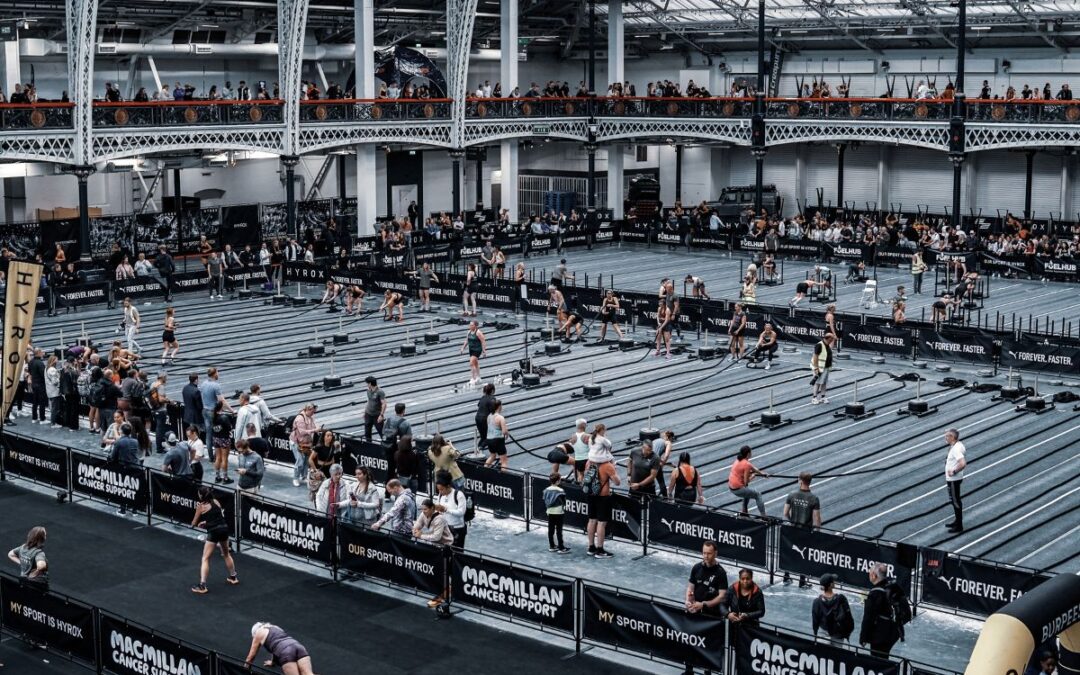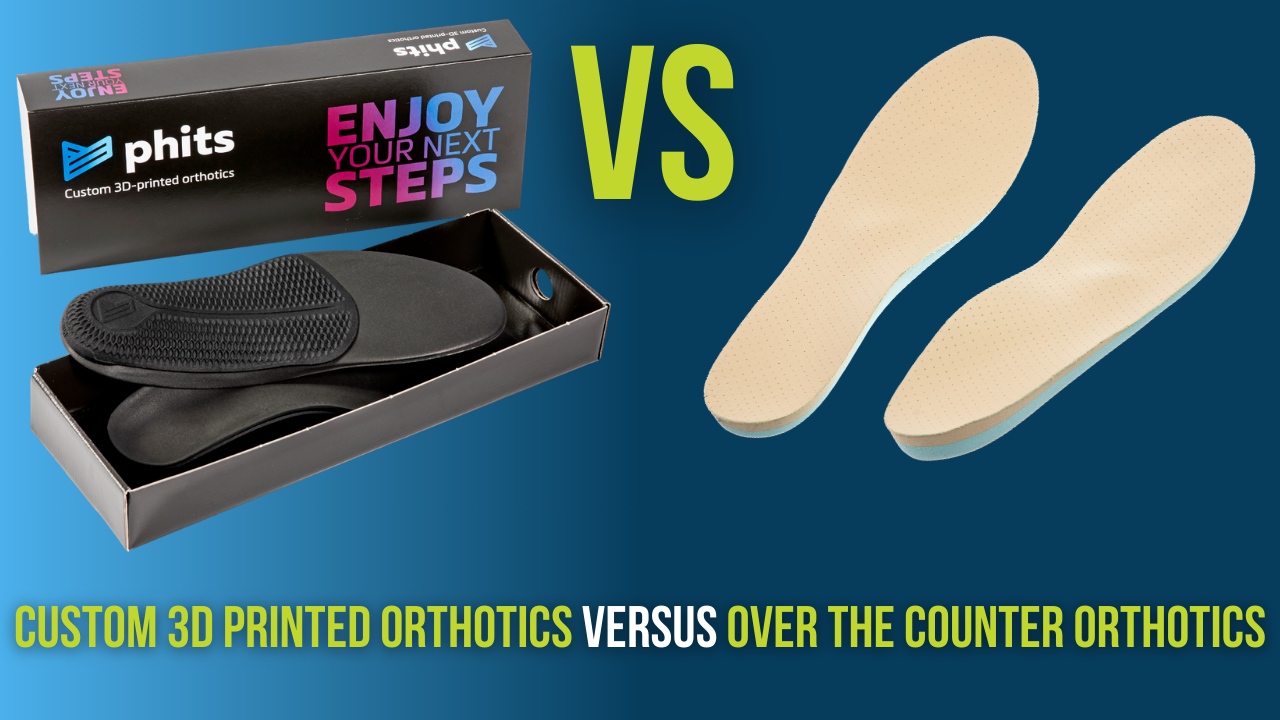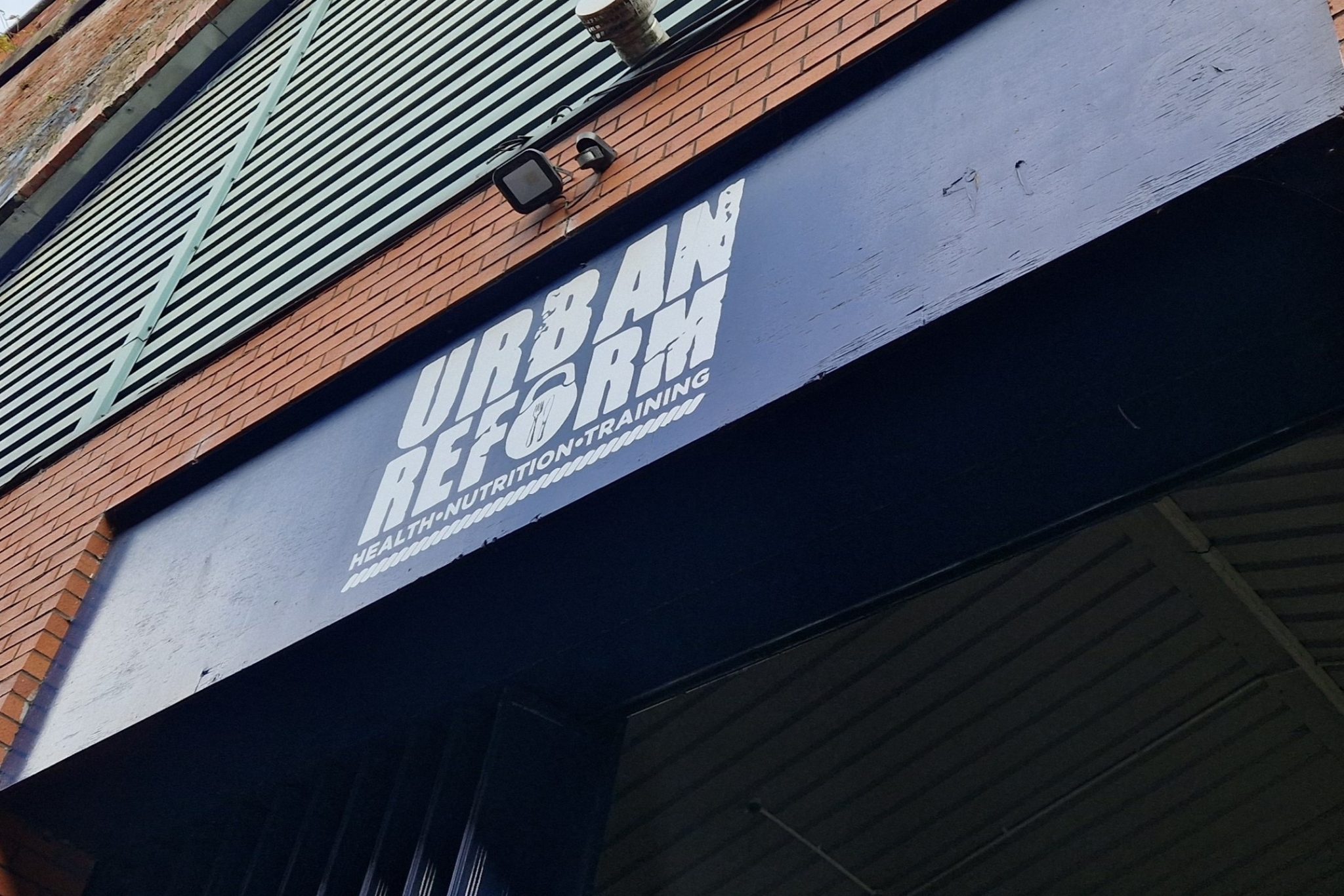How to unleash athletic potential: Exploring HYROX events
Physical fitness and athletic training have taken many various forms throughout history, constantly changing and evolving to push the boundaries of human performance. HYROX Events ARE made up of a combination OF both running and functional exercises.
HERE, Maia delves into how she has researched and prepared to take on this challenging event.
What is hyrox?
Founded in Germany in 2017 HYROX events are made up of a combination of both running and functional exercises. You complete 8km of running and 8 exercises, the run is split up into 1km runs followed by a functional exercise station.
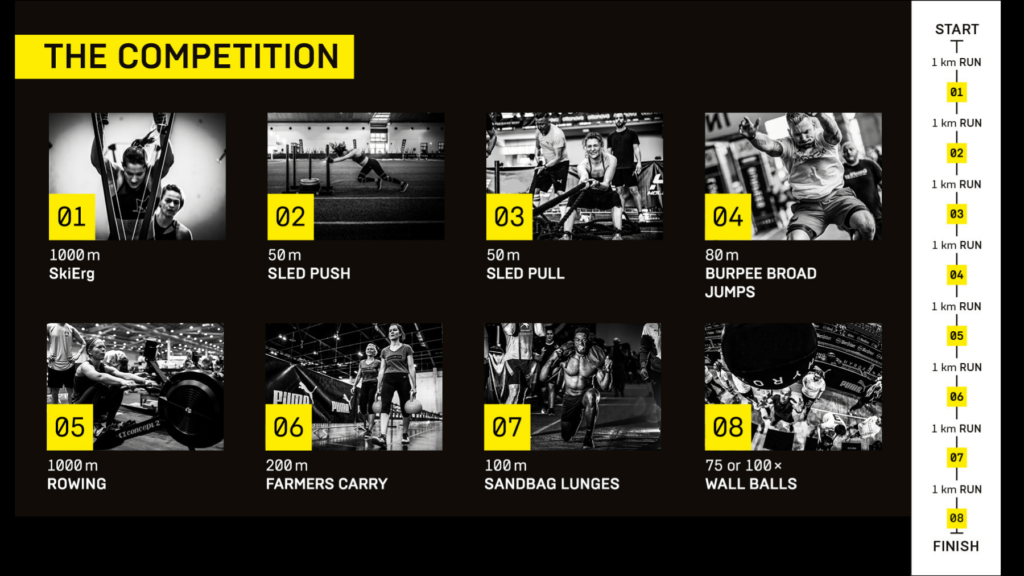
The events have grown rapidly, meaning you can now compete in HYROX in 11 different countries. There are different categories of events; competing individually or in pairs (with the option to enter as a mixed gender pair).
UNDERSTANDING ENERGY SYSTEMS
When I started looking into how to train for a HYROX event it highlighted just how challenging it was going to be. Having competed at triathlon as a youth athlete, I was used to endurance training but the combination of endurance running and functional exercises are something I have never done.
To understand how to train for a HYROX Event it is so important to know which energy systems are being utilised…
The ATP-CP System:
The ATP-CP system is the primary source of energy during short, explosive bursts of exercise lasting up to 10 seconds. It relies on stored ATP (adenosine triphosphate) and CP (creatine phosphate) within the muscles. As an example, the explosive power required of movement like burpees in HYROX Events would predominantly rely on the ATP-CP system.
The Anaerobic Glycolytic System:
The anaerobic glycolytic system provides energy for high-intensity exercises lasting from around 10 seconds to 2 minutes. During this process, glucose stored in the muscles or derived or derived from carbohydrates in blood challenge in HYROX Events, such as rowing and weighted exercises.
The aerobic system:
The aerobic system is responsible for generating energy during prolonged endurance activities. It utilises oxygen to convert carbohydrates, fats, and, to a lesser extent, proteins into ATP. Endurance running segments in HYROX Events heavily rely on the aerobic system to sustain performance throughout the course.
How do we train these systems?
You can’t look at the 3 energy systems as separate, they are on a continuum and all rely on each other to produce energy effectively and effectively.
There are a few methods that have gained recognition in recent years, one of which is zone training and a lot of HYROX coaches use this to categorise exercise intensity using the specific zones to target the different energy systems more. Zone training involves measuring exercise intensity, this can be done in a few ways. You can base the zones on heart, perceived exertion, or other measurable parameters. If you are new to HYROX training, you may find it easier to start with perceived exertion but if you like numbers you may find heart rate best.
Zone 1 – Recovery/Easy Zone:
This is where you exercise at a low intensity and this can also be own as active recovery, aerobic base and fat metabolism. This is essential for HYROX training because of the duration of the event.
Zone 2 – Endurance/ Steady state Zone:
This zone enhances aerobic capacity, endurance, and fat utilisation.
Zone 3 – Tempo/Threshold Zone:
This zone improves lactate threshold, anaerobic capacity and race peace performance
Zone 4 – Interval/High-intensity Zone:
This zone increases anaerobic power, speed, and VO2 max
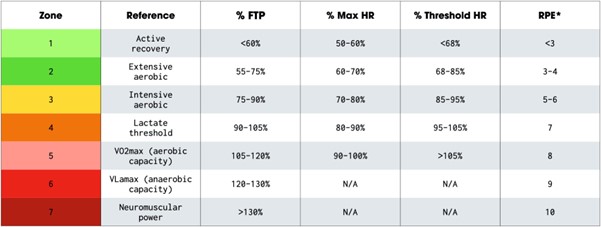
The zones can be broken up into smaller sections, seen in table above. It is important to make sure all of the zones are utilised when you are training for a HYROX event so you can optimise performance on event day!
Don’t forget about nutrition and recovery!
Protein Intake
When preparing for a HYROX event it is essential to make sure you are getting the necessary fuel to aid the amount and intensity of training you are doing . One of the main things I worked on was increasing my protein intake, the recommended amount for females in research is 1.2 to 2.0 grams of protein per kilogram of body weight per day. This as a range is often recommended to support muscle growth, repair, and recovery which is essential for this type of training.
Due to this being a general recommendation, it can vary person to person, I would consult with a registered dietitian or a healthcare professional who can provide personalised guidance based on your specific requirements and goals. To hit this goal, I tried to make sure I had protein with every meal and also added a high protein yogurt and/or a protein shake.
HYDRATION
Hydration is also a key factor for performance, and it’s not just during a training session that this needs to be considered. Making sure you are consuming before, during and after exercises. The recommendation for before exercise is about 450 to 600 millilitres 2 to 3 hours before exercise, about 200 to 300 millilitres every 10 to 20 mins of exercise and 450 to 700 millilitres after exercise. This is so important as you can lose on average 0.5 kilograms of body weight during exercise.
SLEEP
Sleep is important in all facets of life but even more important when training for something like a HYROX event. It is essential for numerous physiological and cognitive benefits, like muscle recovery and repair which happens during sleep. If you don’t get the right amount and/or quality of sleep it can impact your training. Remember, rest is training!
If you’re struggling with an injury that’s hindering your training, call us on 0800 731 2738 or book online here.
If you need some help designing a program that will keep you exercising, get in touch at https://www.summitphysio.co.uk. We also offer Strength and Conditioning services, including bespoke training plans and 1 on 1 coaching.
For more free tips and information, make sure to follow our Facebook and Instagram pages. We also post client stories, so you can see how we’ve helped people get back to doing the things they enjoy!
